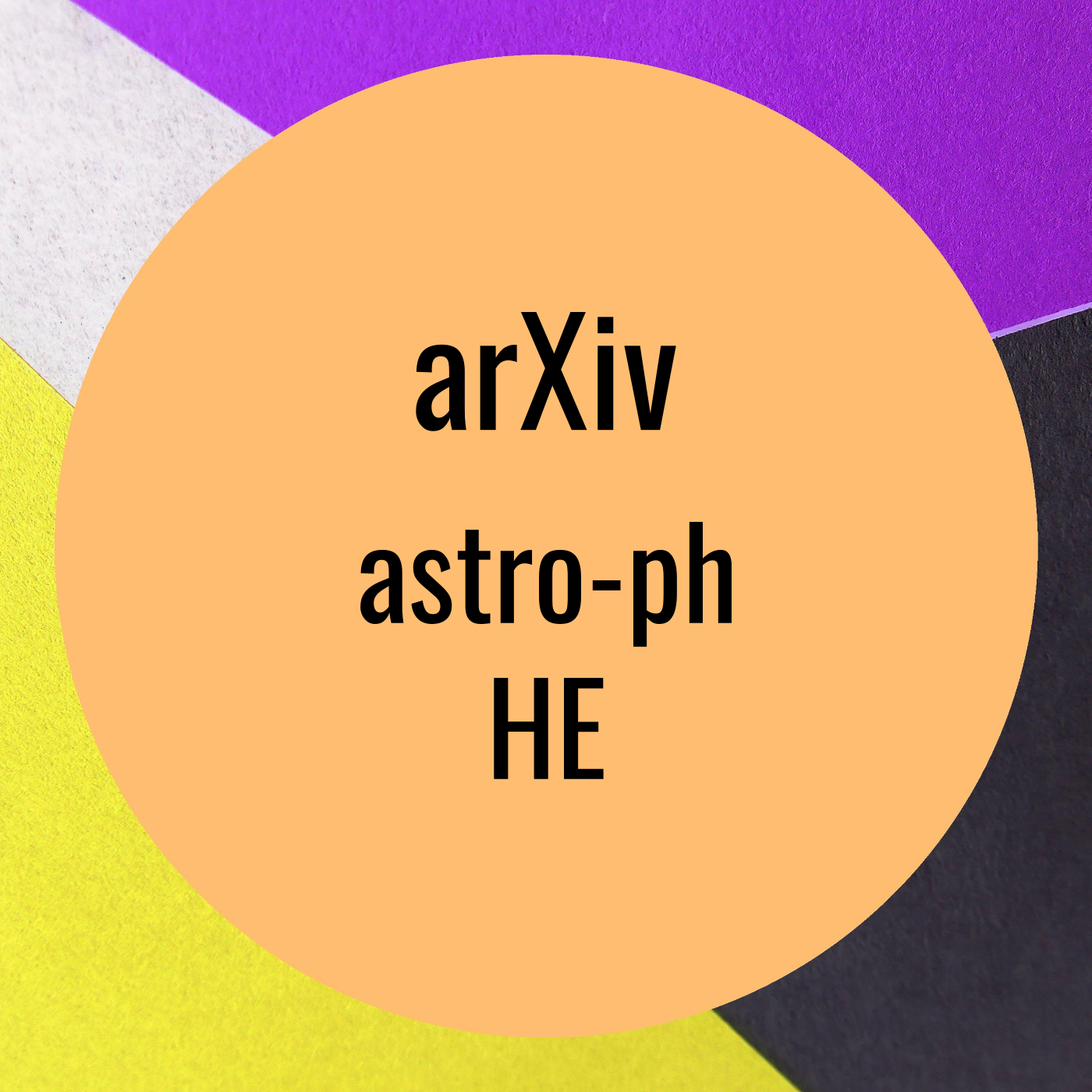Continuous gravitational wave emission from neutron stars with pinned superfluids in the core
Description
Continuous gravitational wave emission from neutron stars with pinned superfluids in the core by Brynmor Haskell et al. on Wednesday 30 November
We investigate the effect of a pinned superfluid component on the
gravitational wave emission of a rotating neutron star. Pinning of superfluid
vortices to the flux-tubes in the outer core (where the protons are likely to
form a type-II superconductor) is a possible mechanism to sustain long-lived
and non-axisymmetric neutron currents in the interior, that break the axial
symmetry of the unperturbed hydrostatic configuration. We consider
pinning-induced perturbations to a stationary corotating configuration, and
determine upper limits on the strength of gravitational wave emission due to
the pinning of vortices with a strong toroidal magnetic field of the kind
predicted by recent magneto-hydrodynamic simulations of neutron star interiors.
We estimate the contributions to gravitational wave emission from both the mass
and current multipole generated by the pinned vorticity in the outer core, and
find that the mass quadrupole can be large enough for gravitational waves to
provide the dominant spindown torque in millisecond pulsars.
arXiv: http://arxiv.org/abs/http://arxiv.org/abs/2211.15507v1
More Episodes
Hard X-ray Observations of the Hydrogen-poor Superluminous Supernova SN 2018hti with NuSTAR by Igor Andreoni et al. on Wednesday 30 November
Some Hydrogen-poor superluminous supernovae are likely powered by a magnetar
central engine, making their luminosity larger than common supernovae....
Published 11/30/22
Fundamental physics with neutron stars by Joonas Nättilä et al. on Wednesday 30 November
Neutron stars are rich laboratories of multiple branches of modern physics.
These include gravitational physics, nuclear and particle physics, (quantum)
electrodynamics, and plasma astrophysics. In this...
Published 11/30/22
Published 11/30/22


